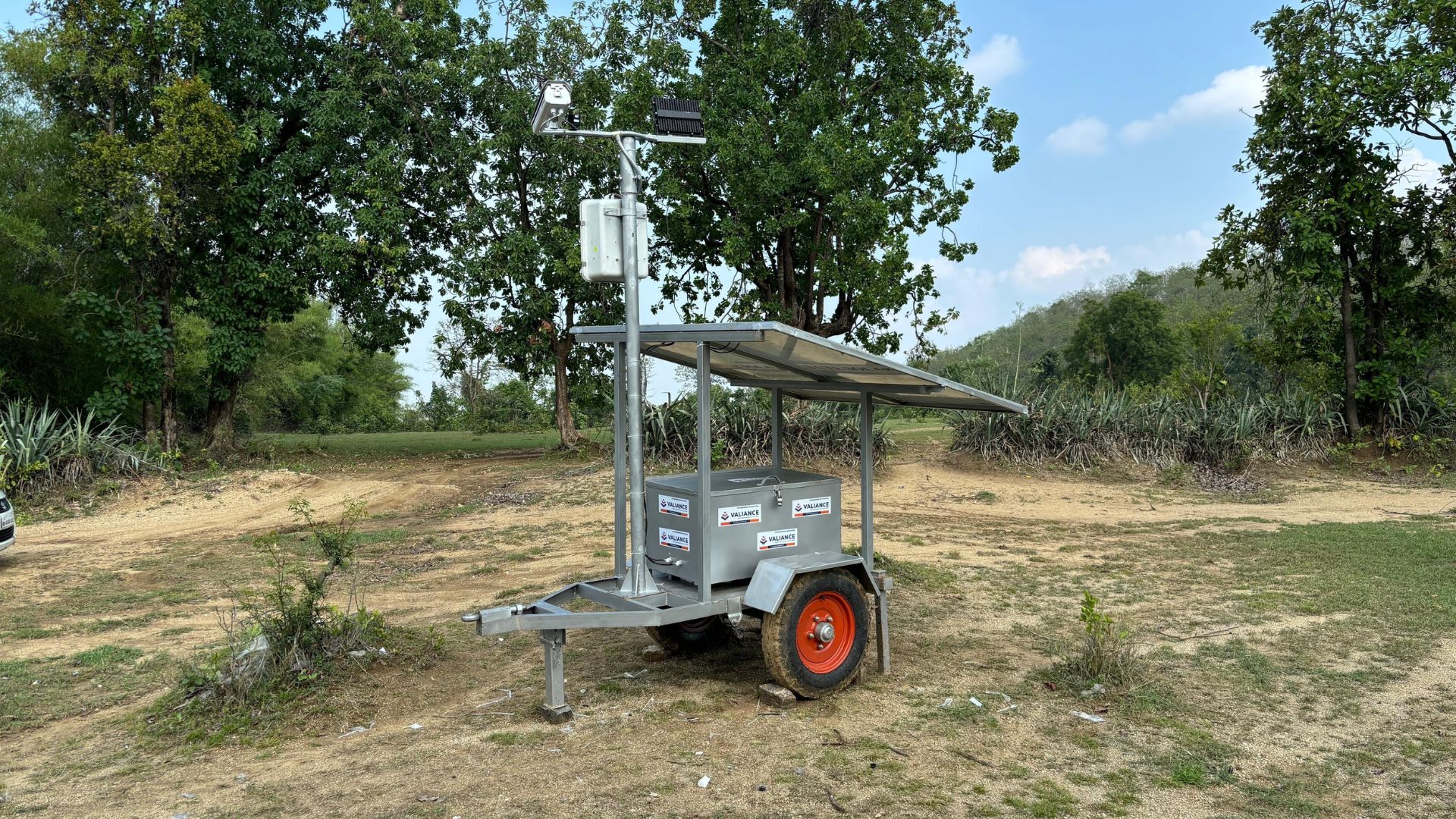Client Background
Our client is one of India’s leading manufacturers of grey cement, ready-mix concrete, and white cement, with operations spanning across India and several international markets. With a production capacity exceeding 100 million tonnes annually, they are committed to maintaining operational efficiency and safety across their extensive network of plants. Ensuring workplace safety is a top priority, and the client sought a digital solution to streamline the analysis of safety data and improve decision-making in their safety operations.
Business Problem / Objective
The client generates a large amount of structured safety data every month, including walkthrough inspections, safety incidents, and behavioral observations. Manually managing and analyzing this data was inefficient and prone to human error, leading to delays in identifying and addressing critical safety issues. Additionally, incidents were sometimes miscategorized or not properly flagged for severity, particularly in cases of high-risk incidents like Fatal4, which required urgent attention. The client needed a solution that could automate the analysis of safety data, reduce human error, and allow for easy access to up-to-date safety information.
Solution
We developed an AI-driven conversational bot solution that integrates with the client’s IT infrastructure, providing real-time access to safety data up to the last month. The system is updated with new data on a monthly basis, ensuring that the client always has access to the latest safety reports. Key components of the solution include Azure services and LangChain’s SQL agent, which enable the automatic analysis of structured safety data.
Key features of the solution:
- Preprocessing of Safety Data: To minimize human error, we implemented automated preprocessing that categorizes safety data and checks for Fatal4 incidents. This ensures that high-risk incidents are correctly identified and addressed.
- Monthly Data Access: The system is designed to update safety data on a monthly basis, allowing users to access the latest available information for each plant.
- Automated Incident Classification: The bot automatically flags incidents based on severity, helping management prioritize issues that require immediate corrective action.
- Combined Insights: The system provides a combined response by analyzing structured data and pulling relevant information from the search index, giving users a comprehensive view of plant safety, including status, severity, and required actions.
- PowerBI Integration: The solution integrates with PowerBI to offer detailed dashboards, graphs, and tabular data, with customizable filters, allowing management to visualize trends and track safety metrics across all plants.
Outcome
The AI-driven solution has significantly enhanced the client’s ability to manage and monitor safety data across their operations. Key benefits include:
- Reduced Human Error: By automating the preprocessing and classification of safety data, the system has reduced the risk of manual errors and ensured accurate incident reporting.
- Real-Time Safety Insights: Management now has access to up-to-date safety information on a monthly basis, allowing them to quickly address issues and take corrective action where necessary.
- Improved Decision-Making: The combination of automated data analysis and search-driven insights has provided a more holistic view of safety performance, enabling better data-driven decisions.
- Increased Efficiency: Automated data analysis has reduced the time spent manually gathering and processing safety data, freeing up valuable time for management to focus on high-priority tasks.
- Comprehensive Visualization: PowerBI reports allow for deeper analysis of safety data, with customizable filters that make it easy to track trends and monitor performance metrics across different plants.
By leveraging AI and automation to analyze safety data, the client has created a safer work environment, improved operational efficiency, and ensured that safety issues are addressed in a timely manner.






